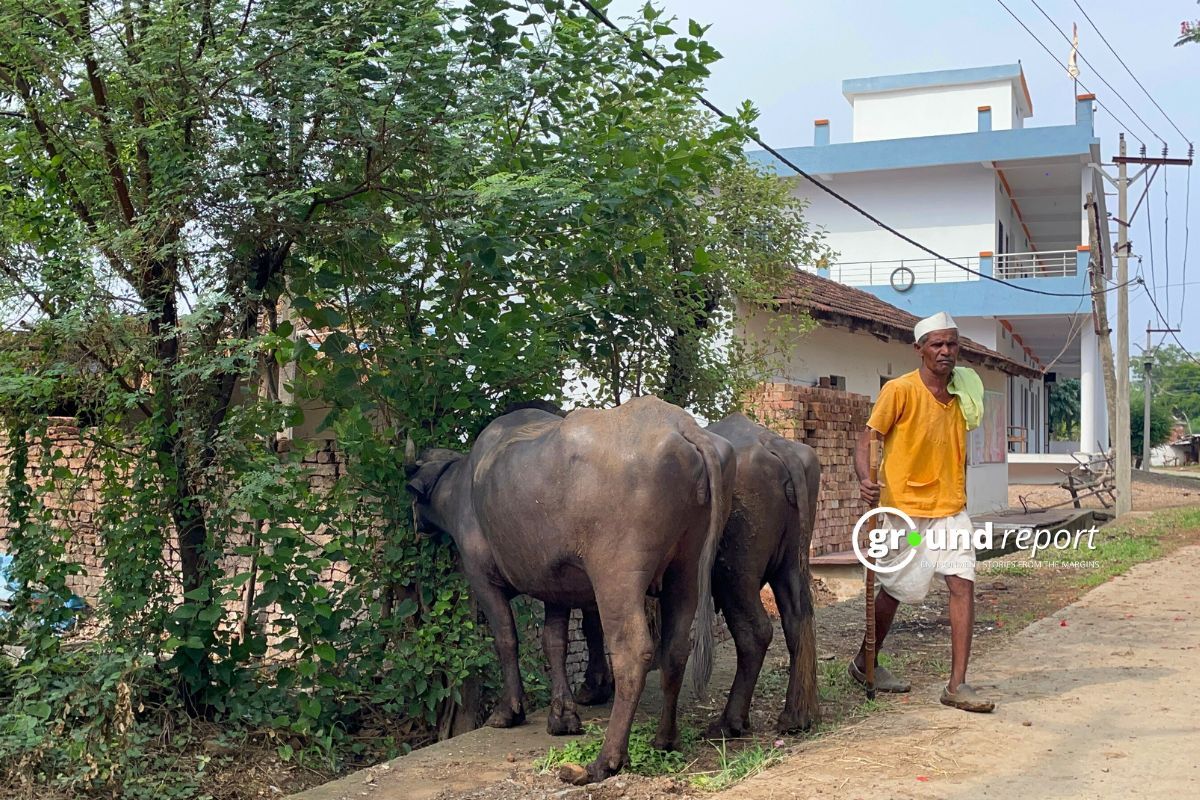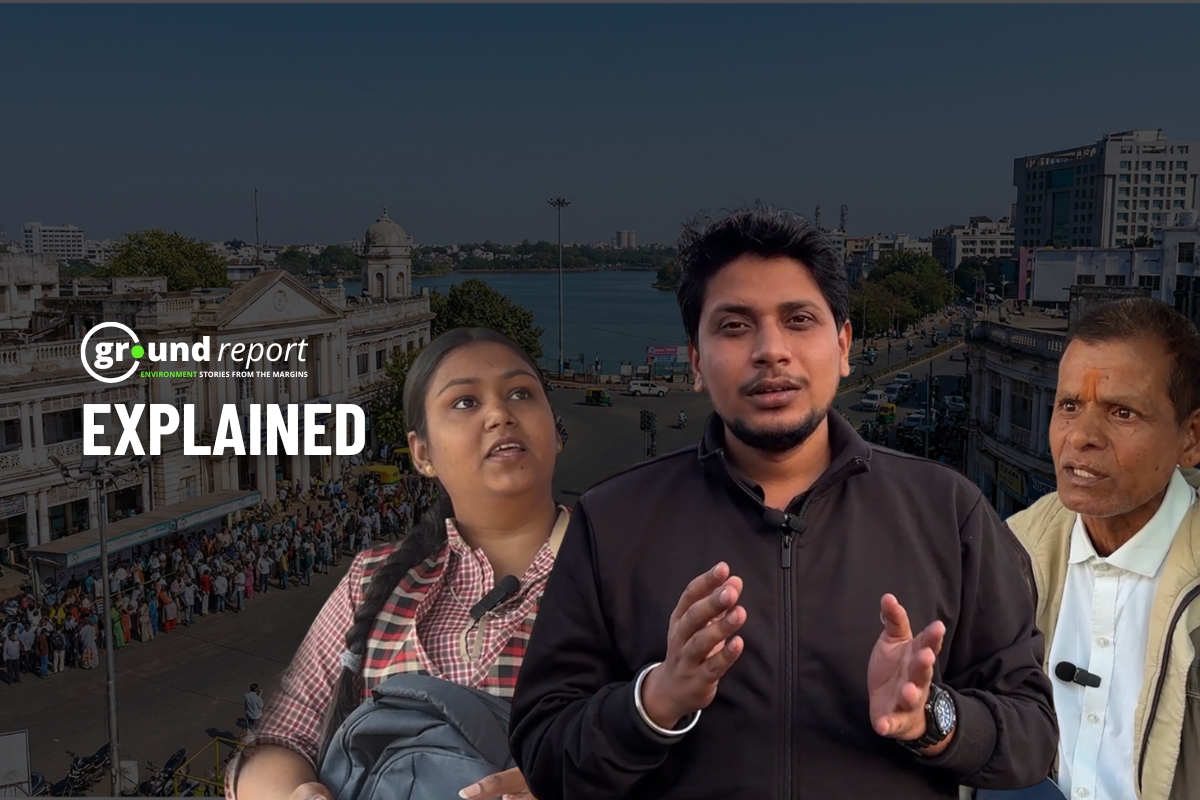About 45.76 per cent of all workers are employed in the agricultural and related sectors in 2022–2023, according to the Periodic Labour Force Survey (PLFS), which was carried out by the National Sample Survey Office (NSSO), Ministry of Statistics and Programme Implementation (MoSPI) between July 20, 2022, and June 20, 2023.
This also indicates that more people are opting out of agriculture in the country. The average size of household ownership holdings has declined from 0.725 hectares in 2003 to 0.592 hectares in 2013 and further to 0.512 hectares in 2019.
Ramnath Thakur, Minister of State for Agriculture and Farmers Welfare shared in Lok Sabha, the information on farmer’s income and welfare initiatives.
Farmer’s Income
Situation Assessment Surveys (SAS) of Agricultural Households were carried out in rural areas of the nation during the 70th and 77th rounds of the National Sample Survey Office (NSSO), Ministry of Statistics and Programme Implementation (MoSPI), from January to December of 2013 and January to December of 2019 respectively. The average monthly income of an agricultural household grew from Rs. 6,426 in 2012–13 to Rs. 10,218 in 2018–19 according to SAS.
In comparison to the 2014 SAS report, net receipts from crop output climbed by 22.6%, but net receipts from other sources soared by 92.6%, resulting in a 59% increase in net receipts overall.
Ashish Gupta, Ex Food and Agriculture Organisation (FAO) member believes that this monthly income is not only significantly low but also unfair as compared to the rising inflation.
“If you see, an average monthly income for unskilled labour in Delhi is approximately Rs.18,000, here we are talking about a household with almost 40% lesser income altogether. This simply is tragic!” he told Ground Report.
According to the survey, crop income, which accounts for 37% of farmers’ total income—remains a significant source of income for them, although there has been a noticeable diversification of their income sources.
“Also, the distribution of income is not even. The climate and growing debt on farmers impact the small landholders more,” Gupta added.

Nonetheless, the growing dispersion of ownership is also evident in the SAS reports. From 0.725 hectares in 2003 to 0.592 hectares in 2013 and finally to 0.512 hectares in 2019, the average size of household ownership holdings has decreased.
The Survey noted,
“Increasing number of small farmers and the increasing importance of the livestock sector requires an increased focus on measures like the development of small farm technology, boosting non-farm businesses and development of allied activities including animal husbandry, dairying and fisheries.”
Government Schemes
The following are a few of the main programs that offer financial and technical support to promote goods associated with agriculture, horticulture, dairy, poultry farming, etc.:
(i) Mission for Integrated Development of Horticulture (MIDH)
(ii) Paramparagat Krishi Vikas Yojana (PKVY)
(iii) National Beekeeping and Honey Mission (NBHM)
(iv) National Bamboo Mission (NBM)
(v) Mission Organic Value Chain Development for North East (MOVCDNER)
(vi) Rashtriya Gokul Mission(RGM)
(vii) National Programme for Dairy Development (NPDD)
(viii) Dairy Processing and Infrastructure Development Fund (DIDF)
(ix) Supporting Dairy Cooperatives and Farmer Producer Organizations engaged in dairy activities (SDC&FPO)
(x) National Livestock Mission(NLM)
(xi) Animal Husbandry Infrastructure Development Fund(AHIDF)
(xii) Pradhan Mantri Kisan Sampada Yojana (PMKSY)
(xiii) Prime Minister – Formalization of Micro Food Processing Enterprises (PM-FME) etc.
Way Forward
Gupta believes the implementation of schemes for farmers still remains complex. A lot of schemes according to him focus on providing credit to the farmers which definitely is essential, but he also suggests focusing on ensuring financial stability.
“Higher access to concessional institutional credit to farmers and greater participation of the private corporate sector, whose investment rates are currently as low as 2 to 3 per cent in agriculture, may help in improving private investment in agriculture. Private corporate investments need to be crowded in by offering an appropriate policy framework and increase in public investment along the entire agricultural value system,” the survey suggested.
Follow Ground Report on X, Instagram and Facebook for environmental and underreported stories from the margins. Give us feedback on our email id greport2018@gmail.com.
Don’t forget to Subscribe to our weekly newsletter, Join our community on WhatsApp, Follow our Youtube Channel for video stories.
Check out Climate Glossary to learn about important environmental terms in simple language.







